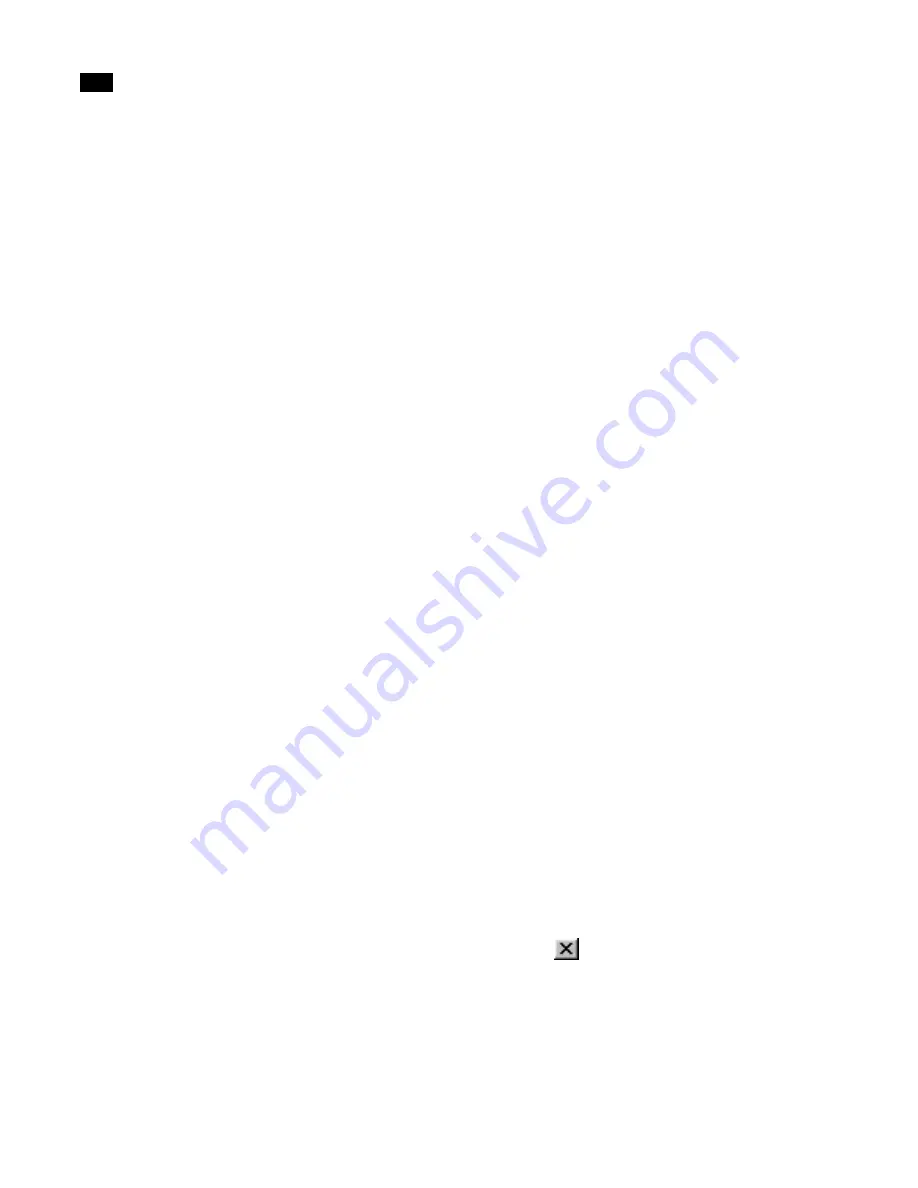
The Interface
4
24
Lightscape
Interface Conventions
The following sections describe the interface
conventions for using the mouse, context menus,
and dialogs in Lightscape.
Using the Mouse
Lightscape is designed for use with a two-button
mouse. The left button is the action button. The
right button displays a context menu based on the
current location or selection. (These settings assume
your mouse button configuration is right-handed.)
When you move the mouse while pressing the left
button in the Graphic window, one of several actions
occurs, depending on the currently selected mouse
mode:
•
Select mode
•
Query mode
•
Dynamic View mode
•
Special Selection mode.
In Select mode, use the mouse to select objects in the
model.
For more information, see “Selecting
Objects” on page 38.
In Query mode, clicking an object in the Graphic
window displays information about that object on
the status bar. Layers and materials associated with
the object are also highlighted in the appropriate
tables. For more information, see “Using Selection
Tools” on page 39.
In Dynamic view mode, selecting a view control
such as Orbit or Rotate and dragging the mouse in
the Graphic window allows you to change the
display of the model dynamically. For more infor-
mation, see “Using Interactive View Controls” on
page 30.
In Special Selection mode, you use special opera-
tions to carry out specific tasks. For example, you
can use the Pick mode in the Transformation dialog
to change the orientation of a luminaire. A special
selection mode is usually started from a dialog that is
related to a specific function.
Context Menus
In the Graphic window or one of the tables, you click
the right (secondary) mouse button to display a
context menu.
For example, if you right-click in the Graphic
window when a surface is selected, a context menu of
functions for the selected surface is displayed. Right-
click one of the tables to display a context menu of
functions for the selected objects or in the table list
itself.
Dialogs
Certain operations display a dialog that you use to
access various related options. Some dialogs close
automatically after the operation is carried out.
Other dialogs are persistent and stay open until you
explicitly close them, allowing you to make addi-
tional selections and repeat operations without
having to reopen the dialog.
Persistent dialogs contain both an OK button and an
Apply button. Click Apply to apply the changes in
the dialog settings to the model without closing the
dialog. Click OK to apply the changes and close the
dialog.
You can close a dialog at any time by clicking the
close button
in the upper-right corner.
Dialogs may contain several pages. You can access
the different pages by clicking the page tabs along
the upper edge.
Summary of Contents for LIGHTSCAPE
Page 1: ...SULO 4 31 93 36034333308355 LJKWVFDSH...
Page 18: ...NOTES 10...
Page 110: ...NOTES 102...
Page 136: ...NOTES 128...
Page 166: ...NOTES 158...
Page 176: ...NOTES 168...
Page 202: ...NOTES 194...
Page 210: ...NOTES 202...
Page 248: ...NOTES 240...
Page 294: ...NOTES 286...
Page 308: ...NOTES 300...
Page 316: ...NOTES 308...
Page 324: ...NOTES 316...
Page 342: ...Glossary 334 Lightscape...
Page 360: ...Index ix 352 Lightscape...
Page 362: ......






























